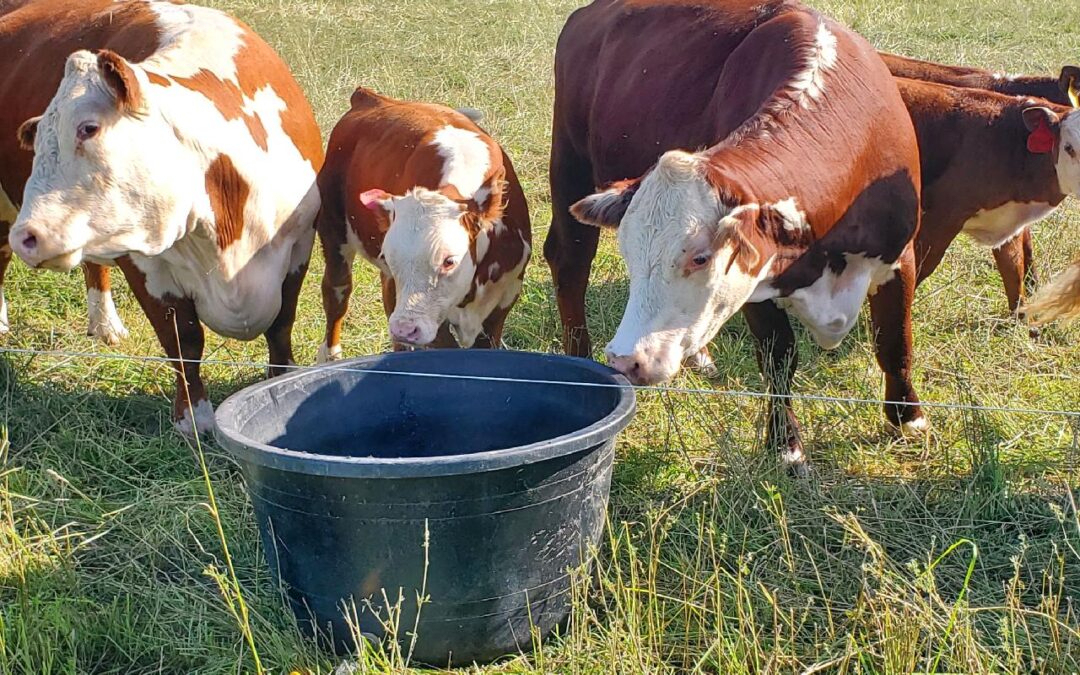Starting rotational grazing involves several steps to effectively manage pastures and livestock. Here’s a guide to help you get started:
- Assess Your Land: Evaluate your pasture conditions, including soil fertility, grass species, and topography. Understand the carrying capacity of your land, which refers to the number of animals it can support sustainably.
- Divide Pasture into Paddocks: Divide your pasture into smaller sections called paddocks using fencing or temporary electric fencing. The number of paddocks depends on the size of your land and the number of livestock you have.
- Plan Grazing System: Decide on the grazing system you want to implement, such as a simple rotational system or more complex intensive grazing systems like Management-intensive Grazing (MiG) or Mob Grazing. Determine the duration of each grazing period and the recovery time for each paddock.
- Develop a Grazing Schedule: Create a grazing plan or schedule. Rotate animals through the paddocks, ensuring they have enough time to graze but not so long that they overgraze the area. Allow adequate rest periods for pasture recovery.
- Monitor Pasture Health: Keep an eye on pasture conditions. Monitor grass growth, soil health, and forage quality regularly. Adjust your grazing schedule based on the condition of the pastures and the needs of your livestock.
- Install Watering Systems: Ensure easy access to water in each paddock. Consider installing water troughs or a mobile watering system to provide consistent water availability for your animals in every grazing area.
- Implement Fencing and Infrastructure: Set up fencing to divide paddocks and create efficient paths for moving livestock between them. Additionally, consider investing in infrastructure like shade structures or shelters for the animals.
- Start Small and Learn: If you’re new to rotational grazing, start with a small area or a few paddocks to understand the dynamics of managing livestock rotationally. Learn from your experiences and gradually expand as you gain confidence and expertise.
- Educate Yourself: Continuously educate yourself about best practices in rotational grazing. Attend workshops, read books, or seek advice from experienced grazers and agricultural extension services.
- Adapt and Improve: Rotational grazing is dynamic and may require adjustments based on seasonal changes, weather conditions, and the needs of your livestock. Be flexible and willing to adapt your grazing plan for optimal results.
Remember, starting rotational grazing may involve some trial and error as you find the best system for your specific land, climate, and livestock. Over time, with careful management and observation, you can fine-tune your rotational grazing system for improved pasture health and animal productivity. Finally, the USDA offers startup grants.
